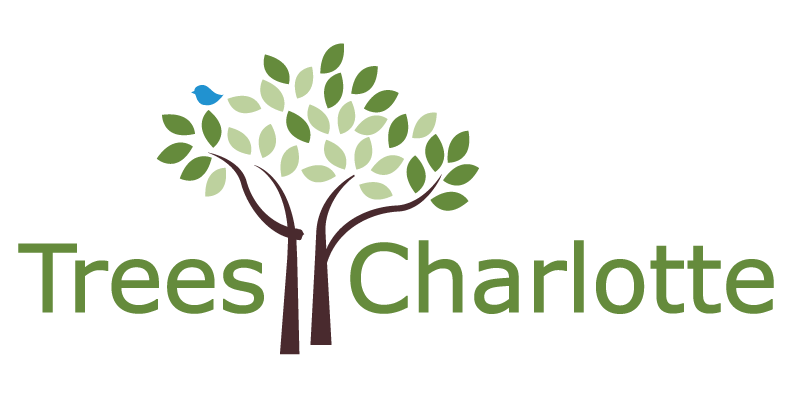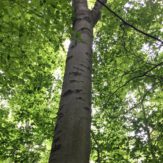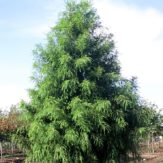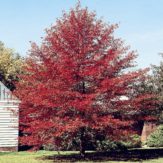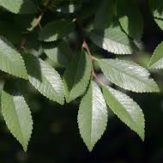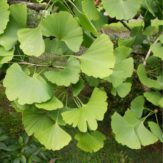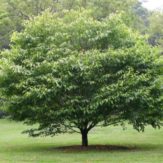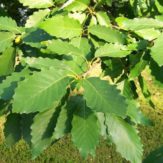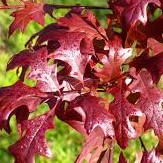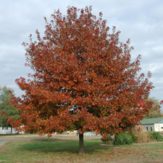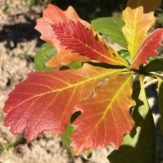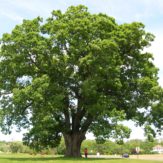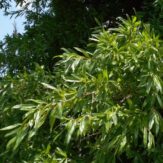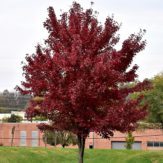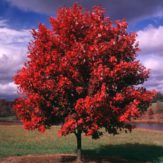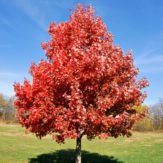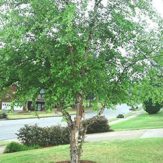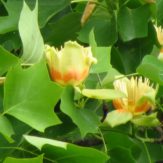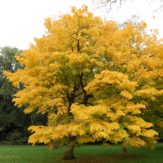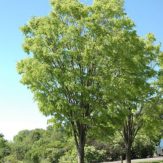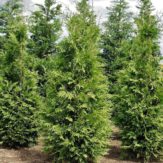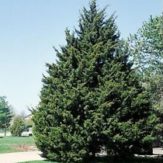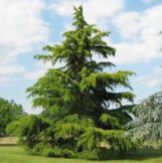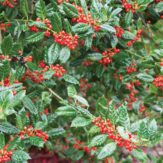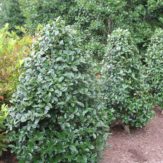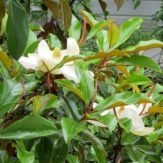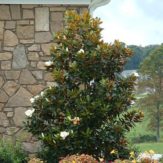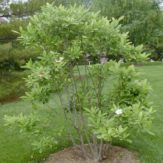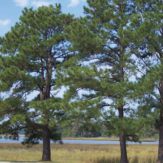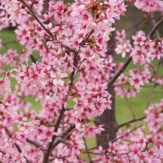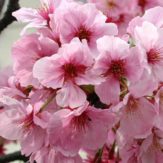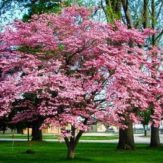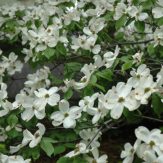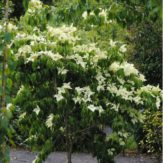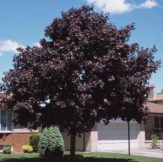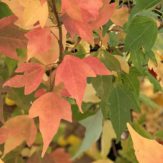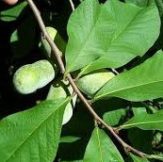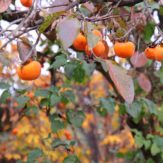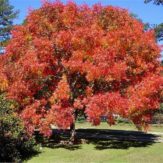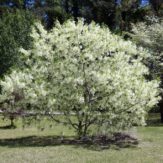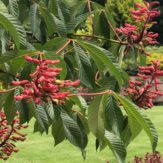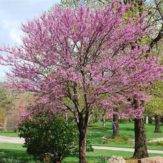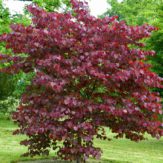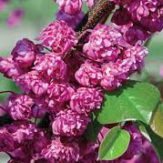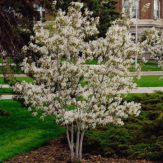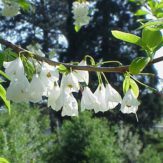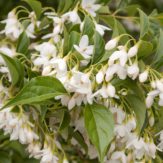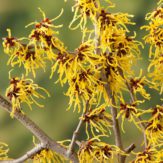We often are asked at planting events and TreeAdoptions: How does TreesCharlotte select its trees? Erin Oliverio, the City of Charlotte’s Tree Canopy Manager, reveals the secret formula:
- First, we work off the City’s approved species list, which is made up of native and naturalized trees that thrive in Charlotte’s urban environment. That list has about 60 species.
- We work with three N.C. nurseries – Panther Creek Nursery, Scottree Nursery and Worthington Farms – several years in advance to figure out which species and quantities they can provide. We meet again about six months before each planting season to get an update on the crops and finalize our shopping list.
- Our trees are generally 2-4 years old and sized for up to 7-gallon containers.
- When the growers deliver our trees (usually the day before or day of an event), TreesCharlotte and City staff inspect them for any obvious problems.
- For our school plantings, we choose species that can handle tough conditions (little hands and feet, landscapers, etc). Frank Psaroudis, another City employee who works with TreesCharlotte, is in charge of stewarding school trees. TreesCharlotte contracts with two landscape companies to water school trees.
- In reforestation projects, only native trees are planted.
- For neighborhood plantings, residents are asked for their input on the types of trees they’d like. The most popular choices are small, flowering trees.
- We check up on a sampling of our trees by sending our TreeKeepers out to assess their health around 2 years later.
A sampling of species
These are just some of the many species of trees that we plant.
Click on each species to learn more.
Commonly asked questions
We often are asked at TreesCharlotte how we pick the tree species we plant and distribute. As Tree Canopy Program Manager for the City of Charlotte, Erin Oliverio orders most of TreesCharlotte’s trees using the City’s approved list of about 60 species. Here, she shares her selection process.
I wouldn’t say there is a grand plan, other than to offer a large variety to help diversify Charlotte’s canopy and introduce people to new trees.
We work with three nurseries — Panther Creek, Scottree and Worthington Farms — and choose from their palette of trees. Those nurseries get small seedlings or liners that take multiple years to grow before TreesCharlotte offers them. Each grower has trees that do really well for them in containers, and others that do not.
We do try to mix up the offerings each year, noting what were popular picks from previous years and selecting different Oak or Maple species to help with diversification.
Many of our newer developments no longer have native soil — all the topsoil has been removed — so some native trees may not thrive in those situations. It is a tough conversation and one not easily answered. My thought on selecting trees for TreesCharlotte events is to choose mostly natives, but ecologically sound non-natives as well.
This question allows for another education opportunity – trees produce flowers or cones that have female parts, male parts, both male and female parts, or have none at all. The flowers with female parts produce seeds and the flowers with male parts produce pollen.
Most tree species are monoecious, meaning they have female and male flowers on the same tree. Some of the most common monoecious trees that TreesCharlotte offers are Oaks and Pines.
Fewer trees are dioecious, meaning they have either all male or all female flowers; a female and a male dioecious tree need to be in close proximity for the female tree to produce fruit. Some of the most common dioecious trees that TreesCharlotte offers are Eastern Red Cedar, Hollies and Chinese Pistache.
There are some trees that produce single flowers with both fully functional male and female parts and these are called cosexual trees. The cosexual trees that TreesCharlotte offers include Redbud, Dogwood and Tulip Poplar.
Trees do not always follow the standard gender concepts of pure male and pure female. Many trees will remain the same gender their entire life, but some trees can change gender from one season to the next over the life of a tree or as the environment changes. Our growers do not indicate if a tree is male or female and since we plant our trees during their dormant season we are not able to determine the gender of each tree.
